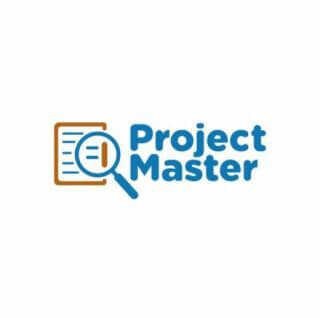INVESTIGATING LEADERSHIP STYLE BEHAVIOURAL AND MANAGERIAL COMPETENCY OF SUCCESSFUL HUMAN RESOURCE MANAGER
CHAPTER ONE
INTRODUCTION
1.1. Background of the study
No organization has ever existed without leadership. An individual need not be the senior officer or commander to be a leader. For any organization to function with some degree of efficiency and effectiveness, having a leader at its head is vital.
Leadership is known to be a serious component of successful organizations. Irrespective of its importance it is difficult to understand, but there are some emergingareas of broad agreement (Furtune: 1998).
Firstly, leadership is an act of influence based more on integrity than authority. It is not the exclusive domain of designatedleaders who occupy positions of authority, and arguably not even predominantly so (Precious: 2000). Rather it isan act defined by the nature and quality of relationship between people that go beyond specificroles.Every member of anorganization has a responsibility to provide an opportunity to participate in leadership.
Seeing leadership in this way does not deny the reality of power and authority, but it takes adifferent approach to organizational and community life (Chikaima: 1990). The leadership approach is grounded inan ethic of care, based on informed insight and enacted through trusting personal relationshipsthat are mutually influential. Ideally, authority and influence create a constructive synergydespite their contrasting natures.
One of the criteria to be a manager is that you must have good leadership skills to motivate and infuse good work practices instaff. Also, managers need good people skills to gain the trust of the workers. Whenmanagers give orders, they must have the power and motivation to inspire confidence, so thatthe workers have positive attitudes towards the tasks and the organization. This is necessaryto achieve good results in the workplace. The managers and directors ofan organization must demonstrate that they have the power and the good governance neededto control their workers, and it is imperative that they have good leadership skills as well, sothat the organizations can achieve the results they want (Bartol et al. 2003).
Good leadership must maintain a balance between vision, strategy and results. Managers andleaders, and also subordinates, must know the organizational goals (Domaine 2004).Leadership involves leading, conducting, escorting, guiding, tracing, steering, vision andmost importantly, managing others (Evans & Evans 2002). A leader is also a person wholeads a group when work tasks and social functions are to be performed. Hanbury, Sapat andWashington (2004, p. 568) point out that „leaders are people who do the right thing butmanagers are people who do the thing right. Both roles are crucial, but they differprofoundly‟.
This study aims to shed light on thecompelling notion that the hr Managers’ competency profile influences the performance of anorganization. Nowadays, the implementation of principles and techniques of hr Management has expandedrapidly in many enterprises worldwide, implying the necessity for effective project leadership. The developmentof similar strategic issues has been extensively investigated in numerous studies with the use of computational methods.
1.2. Statement of the problem
The following are the problem of the study:
1. Managers and directors of organizationsdo not have good governance and leadership skills needed to control their workers and move their organization forward.
1.3 Objectives of the study
This study aims at investigating leadership style behavioural and managerial competency of successful hrmanager.
2. To identify which of the leadership styles is the most dominant.
3. Toknow the relationship between leadership style behavioural and managerial competency of successful hr manager
4. To investigate the differences between the leadership techniques in the leadership styles.
5. To shed light on the compelling notion that the hr Managers’ competency profile influences the performance of anorganization.
1.4 Research questions
1. What skill does managers to gain the trust of the workers?
2. What is the difference between the leadership techniques in the leadership styles?
3. What is the relationship between leadership style behavioural and managerial competency of successful hr manager.
4. Which of the leadership styles do you think is the most dominant?
1.5 Significance of the study
This study will provide a very valuable addition andenhancement to the typical performance management process,with benefits for both the employee and the organization.
For the organization, the assessment ofcompetencies can provide valuable insights onthe skills and talent pool resident within theorganization, as well as the competency gapsthat need to be addressed to meet both currentand future needs.
1.6 Scope/Limitations of the study
This study centers on investigating leadership style behavioural and managerial competency of successful hr manager.
Limitations of study
Financial constraint– Insufficient fund tends to impede the efficiency of the researcher in sourcing for the relevant materials, literature or information and in the process of data collection (internet, questionnaire and interview). Time constraint– The researcher will simultaneously engage in this study with other academic work. This consequently will cut down on the time devoted for the research work.
1.7 Definition of terms
Leadership:the action of leading a group of people or an organization.
Competency:the ability to do something successfully or efficiently.
Human Resources:the people who work for the organization;
Human Resource (HR) Manager: is really employee manager with an emphasis on those employees as assets of the business. In this context, employees are sometimes referred to as human capital
Managerial:relating to management or managers, especially of a company or similar organization.

